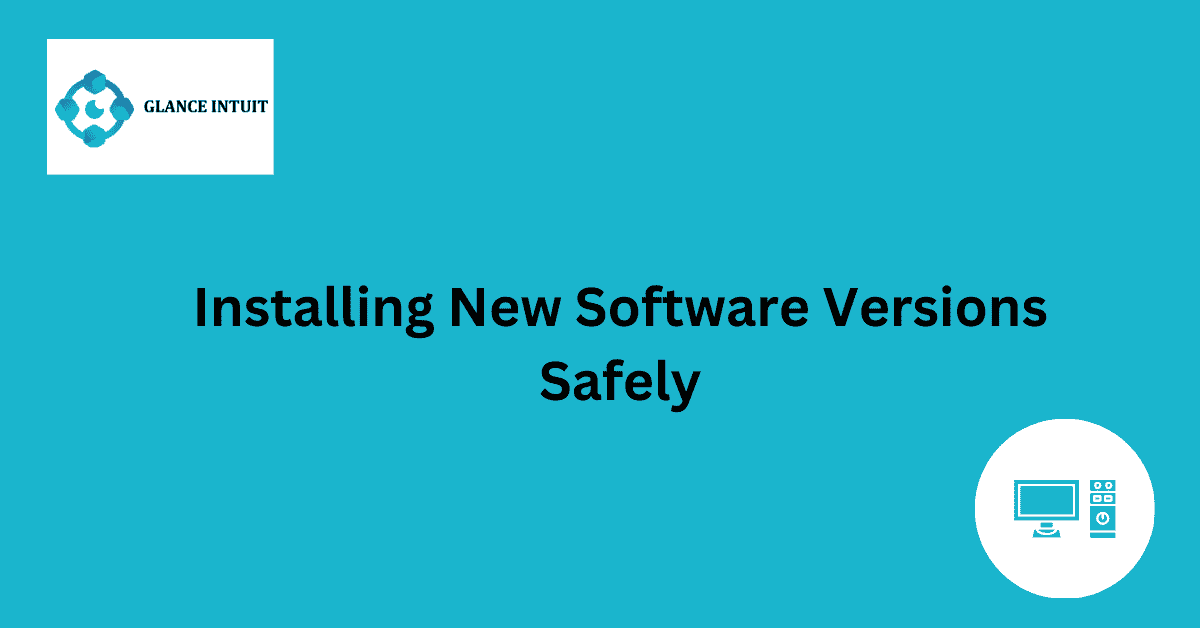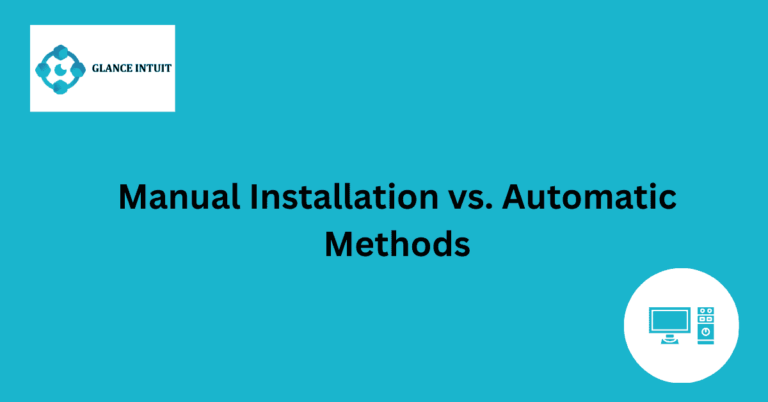Installing New Software Versions Safely
Installing new software versions safely is crucial to ensure the smooth operation of your devices. By following a few simple steps, you can protect your system from potential risks and vulnerabilities. Keeping your software up-to-date is not only important for security reasons but also for performance improvements and new features.
It is recommended to download software updates only from official sources to avoid malware and other harmful programs. Before proceeding with the installation, make sure to back up your important files and settings to prevent any data loss in case of unexpected issues during the process. By taking these precautions, you can enjoy the benefits of the latest software versions without compromising the stability of your system.
Importance of Installing New Software Versions Safely
When it comes to technology, staying up-to-date with the latest software versions is crucial for optimal performance and security. Installing new software versions safely ensures that your system is protected from potential risks and vulnerabilities that can be exploited by cyber threats.
By regularly updating your software, you can safeguard your sensitive data and personal information from malicious attacks. Hackers often target outdated software with known vulnerabilities, making it essential to keep your system updated to stay one step ahead of cyber threats.
Protecting Your System from Risks and Vulnerabilities
Installing new software versions safely is the first line of defense against cyber threats and potential risks to your system. By updating your software, you can patch security vulnerabilities that may have been discovered in previous versions.
Keeping your system up-to-date ensures that you are protected from emerging threats and can mitigate the risk of data breaches and unauthorized access to your personal information.
Security Benefits of Keeping Software Up-to-Date
One of the main benefits of installing new software versions safely is the enhanced security features that come with updated software. Security patches and bug fixes are regularly released by software developers to address known vulnerabilities and improve the overall security of the software.
By keeping your software up-to-date, you can protect your system from malware, ransomware, and other cyber threats that could compromise the integrity of your data and system.
Performance Improvements and New Features
In addition to security benefits, installing new software versions safely can also lead to performance improvements and the introduction of new features. Software updates often include bug fixes and enhancements that can optimize the performance of your system and improve user experience.
By staying current with the latest software versions, you can take advantage of new features, functionalities, and performance improvements that can enhance your productivity and efficiency.
Downloading Software Updates from Official Sources
When installing new software versions, it is important to download updates from official sources and trusted websites. Avoid downloading software from unverified sources or third-party websites, as they may contain malware or malicious code that can compromise the security of your system.
By downloading software updates from official sources, you can ensure that the software is legitimate, secure, and free from any malicious threats that could harm your system.
Backing Up Important Files Before Installation
Prior to installing new software versions, it is essential to backup important files and data to prevent data loss in case of any unforeseen issues during the installation process. Backing up your files ensures that you can recover your data in the event of a system failure or software malfunction.
By creating regular backups of your important files, you can safeguard your data and prevent any potential loss or corruption that may occur during software updates.
Preventing Data Loss During Software Updates
During the installation of new software versions, there is a risk of data loss if the process is not carried out correctly. To prevent data loss, it is important to follow the recommended installation instructions provided by the software developer and ensure that your system meets the necessary requirements for the update.
By taking precautions and following best practices for installing new software versions safely, you can minimize the risk of data loss and ensure a smooth and successful update process.
Enjoying Benefits of Latest Software Versions
By installing new software versions safely, you can enjoy the benefits of the latest features, functionalities, and enhancements that come with updated software. Whether it’s improved security, enhanced performance, or new capabilities, staying current with software updates allows you to take full advantage of the latest technology advancements.
Embracing the latest software versions can enhance your user experience, increase productivity, and ensure that your system is equipped with the tools and resources needed to stay ahead in today’s fast-paced digital world.
Ensuring Stability of Your System
Installing new software versions safely is essential for maintaining the stability and reliability of your system. By keeping your software up-to-date, you can prevent compatibility issues, system crashes, and performance disruptions that may arise from using outdated software.
Ensuring the stability of your system through regular software updates allows you to work efficiently, protect your data, and maintain a secure and reliable computing environment for all your digital activities.
Frequently Asked Questions
Our Frequently Asked Questions section aims to provide you with detailed information on installing new software versions safely. Read through the following FAQs to enhance your understanding and ensure a smooth installation process.
What precautions should I take before installing a new software version?
Before installing a new software version, it is crucial to back up your important files and data to prevent any loss in case of an error during the installation process. Additionally, ensure that your device has sufficient storage space and a stable internet connection to download the new software without interruptions.
How can I check if my device is compatible with the new software version?
To check compatibility, visit the official website of the software developer or manufacturer to review the system requirements for the new version. Make sure your device meets the minimum specifications to avoid any compatibility issues post-installation.
Is it necessary to update my current software version before installing a new one?
It is advisable to update your current software version to the latest available version before installing a new one. This ensures that your device is up-to-date with the latest bug fixes, security patches, and improvements, creating a smoother transition to the new software version.
How can I ensure a successful installation of the new software version?
To ensure a successful installation, close all unnecessary programs and applications running in the background to free up system resources. Disable any antivirus software temporarily to prevent interference with the installation process. Follow the on-screen instructions carefully and avoid any interruptions during the installation.
What should I do if the installation process encounters an error?
If the installation process encounters an error, do not panic. Restart your device and attempt the installation process again. If the error persists, check the official support forums or contact customer service for assistance. Avoid attempting to troubleshoot complex issues without expert guidance to prevent further complications.
How can I revert to the previous software version if I encounter compatibility issues?
If you encounter compatibility issues with the new software version, you can revert to the previous version by accessing the system settings or control panel on your device. Look for the option to uninstall the new software version and follow the on-screen instructions to restore your device to its previous state. Ensure to back up your data before reverting to prevent any loss of information.







